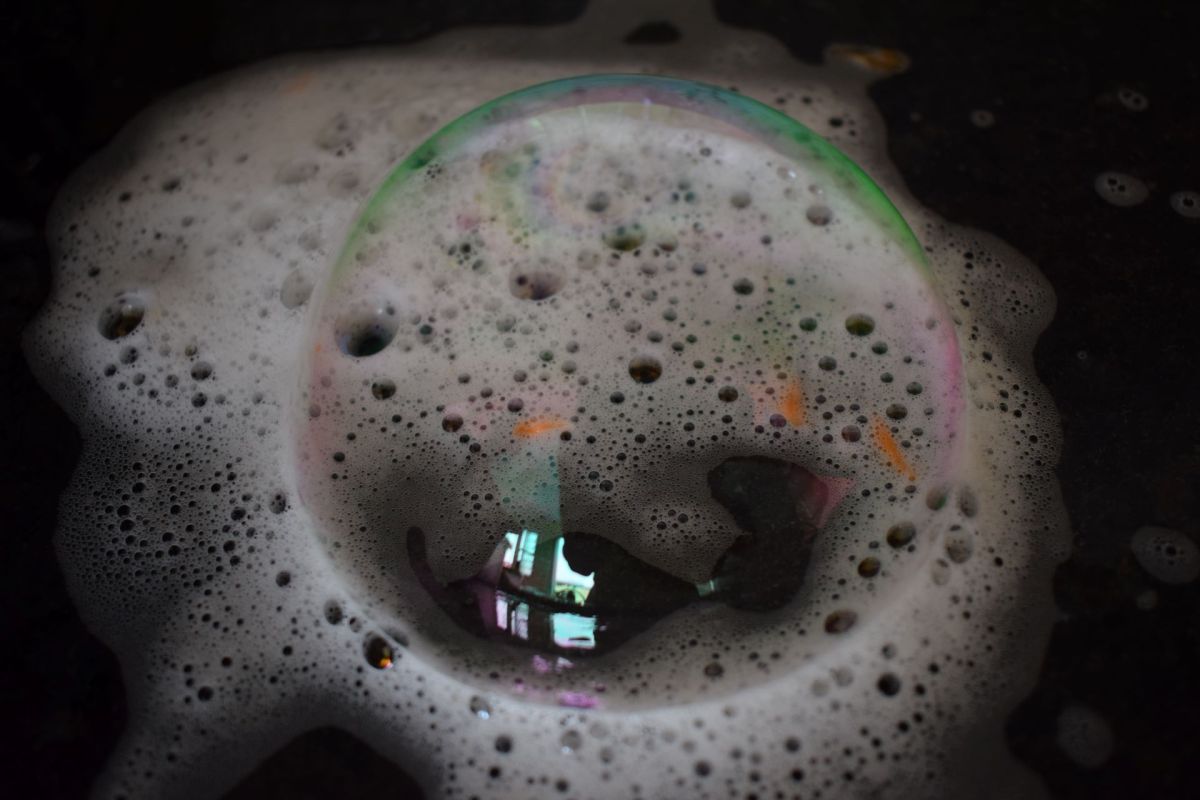While many products like toiletries and cleaners list their ingredients, the packaging rarely goes into detail about each one. Most people don't know whether the products they're using are healthy, and they simply trust companies or government agencies to make sure they're safe.
But new research published in Environmental Science & Technology shows that everyday products contain dangerous chemicals that have known health risks.
What happened?
California has a "right-to-know" law called Proposition 65 that requires companies to notify the public if they're exposed to certain toxic chemicals. The law includes a list of substances.
The study authors compared that list to data from the California Air Resources Board (CARB), they revealed in a statement published by Fast Company. The CARB tracks ingredients used in products sold in California. It identifies "volatile organic compounds" or VOCs — a class of chemicals that easily enter the air as vapor, which makes users likely to inhale them, as the EPA explains.
The research team found that more than 100 common products contain ingredients from the Prop 65 list, their statement said. The products included shampoos, cleaning agents, and art supplies, each of which contained at least one of 33 VOC substances known to cause severe health risks.
Why do these chemicals matter?
Users of the toxic products from the study may not even know the health risks — and according to this study, the problem is widespread.
Altogether, "consumer products released more than 5,000 tons of chemicals in 2020 inside California homes and workplaces that are known to cause cancer, adversely affect sexual function and fertility in adults, or harm developing fetuses," the team said.
The risk also grows the more products an individual uses. According to the research team's statement, some products release dangerous chemicals when combined together, and some toxic chemicals are found in multiple products that one person might use, increasing their level of exposure.
What can be done about these toxic chemicals?
The study authors explained that many products can have their formulas changed to eliminate the toxic chemicals and that many companies already do this. They suggested that laws pushing manufacturers to make the change are the best way forward.
"We believe our new analysis points to the need for national action that ensures consumers and workers alike have safer products," they said in their statement.
In the meantime, individuals can use chemicals like cleaners and art supplies in well-ventilated areas, since the EPA notes that the vapor is more concentrated when it's trapped indoors. Buyers can also research the ingredients in their products to identify health risks.
You can also aim to shop for shampoo brands that use cleaner ingredients.
Join our free newsletter for easy tips to save more, waste less, and help yourself while helping the planet.









